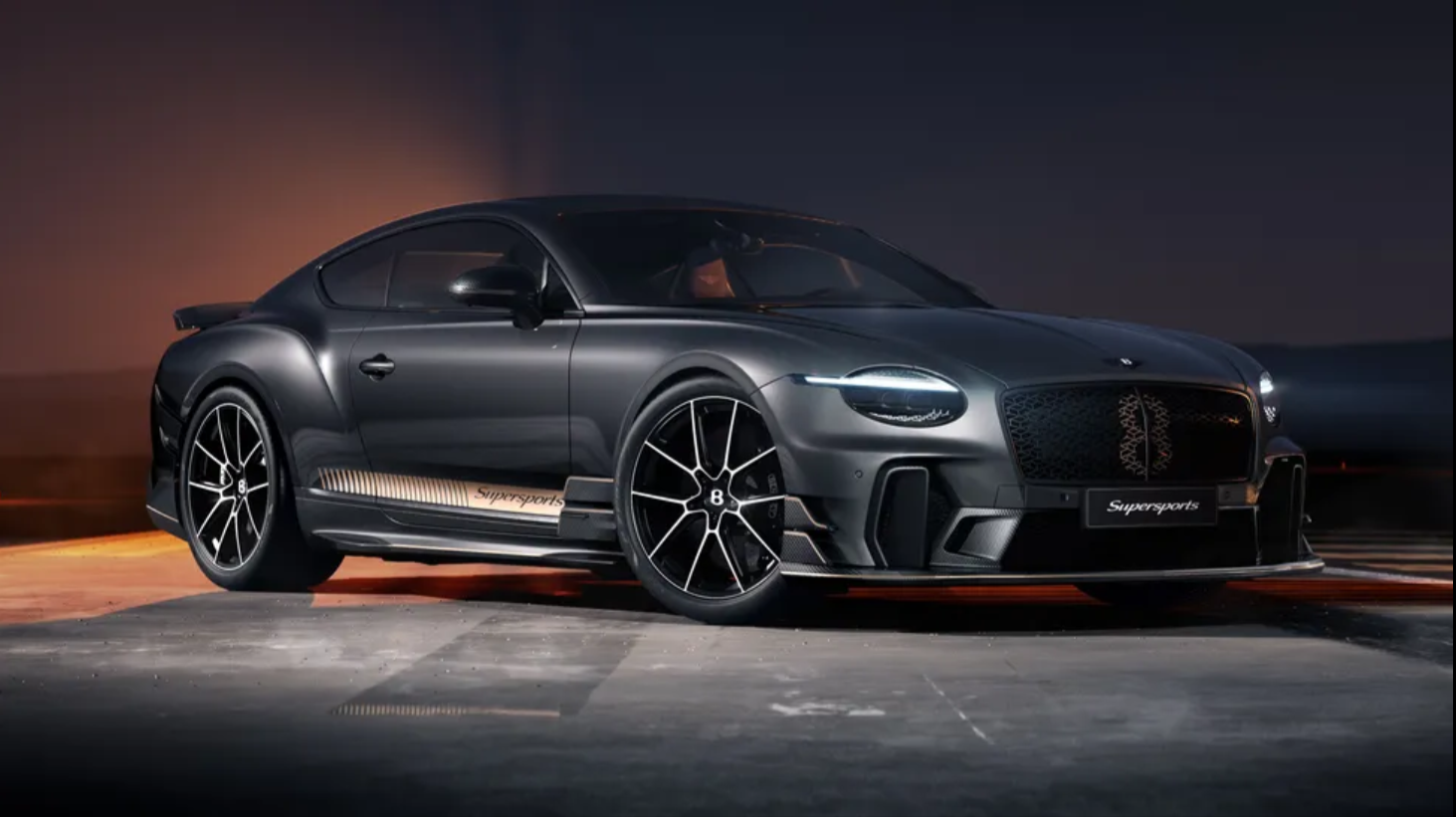The World Rally Championship just debuted its plug-in hybrid Rally1 vehicles in 2022, but it has already declared that the electric components would be removed from the vehicle starting in 2023 in order to simplify and lighten it.
At the FIA's highly anticipated World Motor Sport Council meeting, the decision to remove hybrid systems from high-end vehicles was reaffirmed, after the approval of the WRC Working Group's proposals.
This implies that Rally1 vehicles will only use renewable fuels starting in the 2025 season. We're informed that even with the removal of the electric motors with over 100 horsepower, performance shouldn't be too badly impacted because the turbos will be able to breathe a bit easier thanks to reduced weight and an air restrictor.
Next year, Rally2 vehicles will also be altered. To close the distance to the Rally1 cars ahead, drivers competing in WRC events will be permitted to install a bigger exhaust, a flappy paddle gearbox, a larger restrictor, and a rear wing.
Next, starting with the 2026 season, new Rally1 rules will be implemented. These regulations call for the usage of a shared safety cell by all teams, with the bodywork of production vehicles being loosely draped over it. At that time, in order to keep costs low, power will be limited to around 330 horsepower, and Rally2 vehicles will supply the engines and gearboxes. The best part is that "WRC manufacturers will be required to make their cars available for sale directly from the finish parc fermé of a WRC event." The price maximum for each car is set at €400,000.
However, this does not imply that rallying has completely given up on electric power. Indeed, according to the FIA, "an electric category will be introduced into the WRC at the earliest opportunity." It wants the next EVs to perform like the Rally1 vehicles using sustainable fuel, thus we could soon witness electric vs gasoline WRC races.
In order to further promote the championship, the WRC Working Group's proposals also called for the creation of a new "WRC Promotion Team" within the FIA. Yes, and there will be more latitude for event planners to designate their rally routes, and the schedule may feature both longer endurance events and shorter sprint-style events. In order to cut down on emissions and transportation expenses, service parks will adapt by utilizing already-existing local structures. Additionally, the number of employees who may work for a three-car team will be limited.
According to FIA President Mohammed Ben Sulayem, "the WMSC members were united in their support of the series of objectives that have been established and carefully considered the recommendations of the WRC Working Group."
It is an important time for the championship, its stakeholders, and the rallying community as a whole because the WRC Commission can now focus on completing recommendations that, if accepted by the WMSC, will significantly solidify the WRC's future path.
It's also crucial to remember that the WRC Commission will give serious thought to the Fan Engagement Survey results while preparing the final suggestions. I extend my gratitude to everyone who participated as we work to produce a WRC that is appropriate for the future and pertinent for the present.






.jpg)


.jpeg)

.jpeg)
.jpeg)

